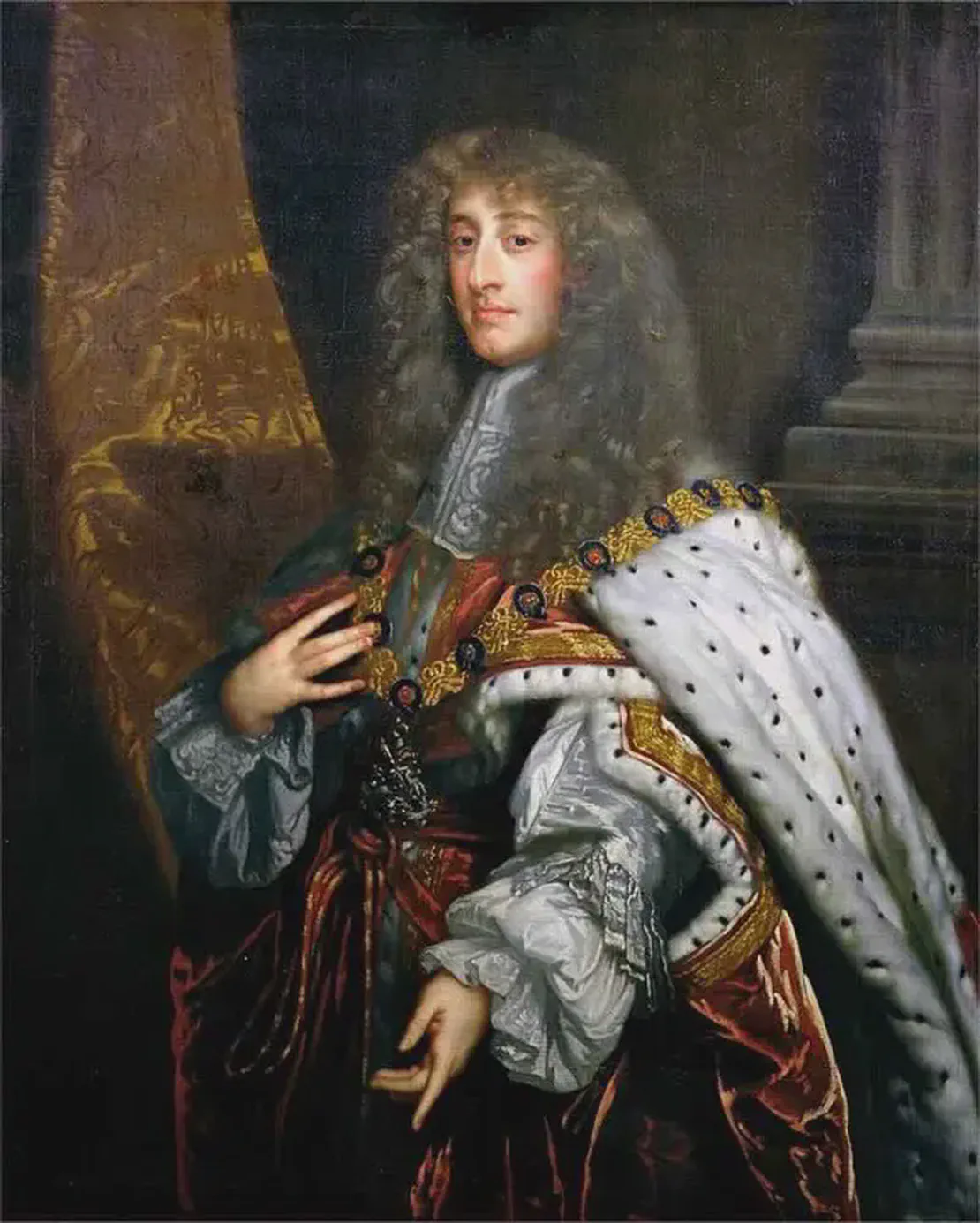march
Highlighted Events from March

March 16, 1839
John B. Yeats, painter and father of William Butler and Jack B. Yeats, is born in Tullylish, Co. Down
John Butler Yeats (16 March 1839 – 3 February 1922) was an Irish artist and the father of W. B. Yeats, Lily Yeats, Elizabeth Corbett “Lolly” Yeats and Jack Butler Yeats. The National Gallery of Ireland holds a number of his portraits in oil and works on paper, including one of his portraits of his son William, painted in 1900.

March 12, 1689
James II lands at Kinsale and proceeds to Dublin
James II of England and VII of Scotland landed at Kinsale, Ireland, on March 12, 1689. His arrival in Ireland was part of his effort to regain the thrones of England, Scotland, and Ireland after he was deposed during the Glorious Revolution of 1688. James, a Catholic monarch, faced opposition from the predominantly Protestant English Parliament, which invited his Protestant daughter Mary and her husband, William of Orange (William III), to take the throne. This effectively led to James’s ousting in what was a relatively bloodless coup.

March 8, 1903
Charles Gavan Duffy, Young Irelander, is buried in Glasnevin Cemetery, Dublin
Sir Charles Gavan Duffy, KCMG, PC (12 April 1816 – 9 February 1903), was an Irish poet and journalist (editor of The Nation), Young Irelander and tenant-rights activist. After emigrating to Australia in 1856 he entered the politics of Victoria on a platform of land reform, and in 1871–1872 served as the colony’s 8th Premier.

March 28, 1646
Peace between the confederates and James Butler, leads to a split within the confederation
Lieutenant-General James FitzThomas Butler, 1st Duke of Ormond, KG, PC (19 October 1610 – 21 July 1688), was an Anglo-Irish statesman and soldier, known as Earl of Ormond from 1634 to 1642 and Marquess of Ormond from 1642 to 1661.